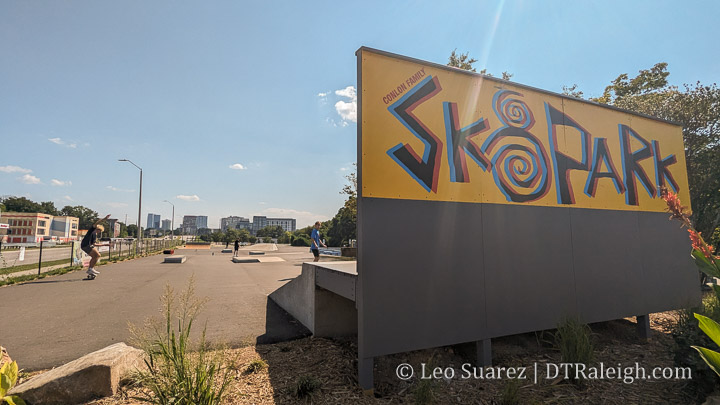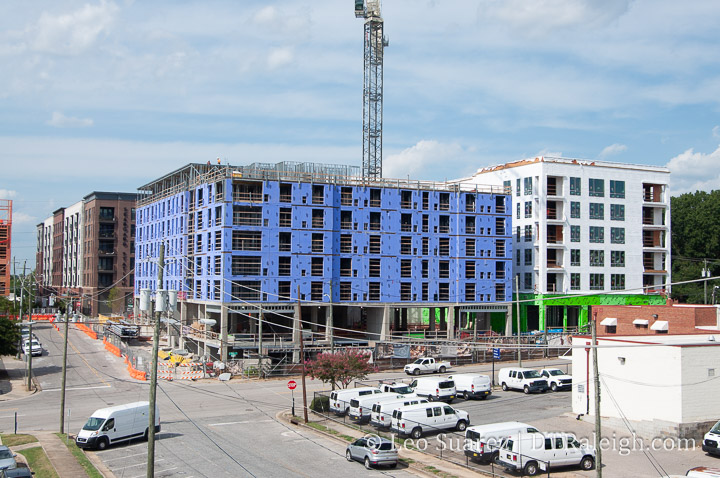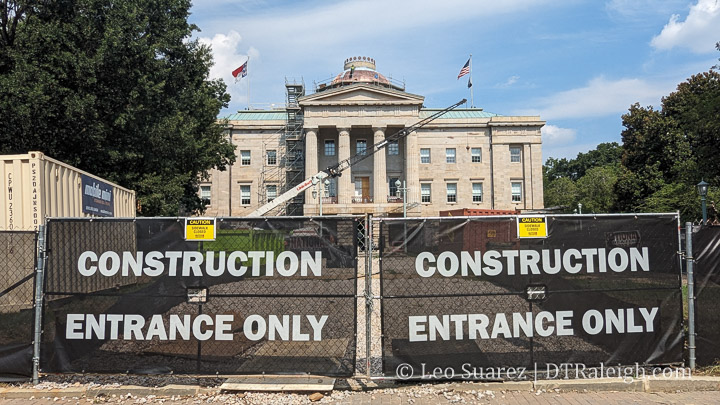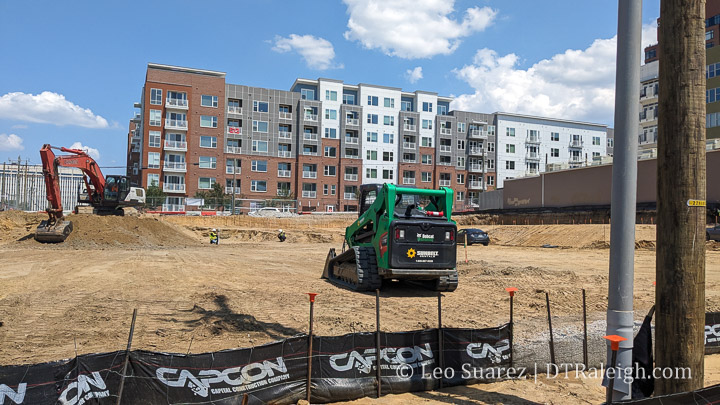
It was considered a pilot program at first but I think it is safe to say we’re official now. Sip n’ Stroll is ready for prime time as new signs have been installed around downtown Raleigh. The social district, which allows people to drink beer and wine throughout certain areas of downtown, has been around for a year now but this August, enhancements to the district have been put in place.
Continue reading →





